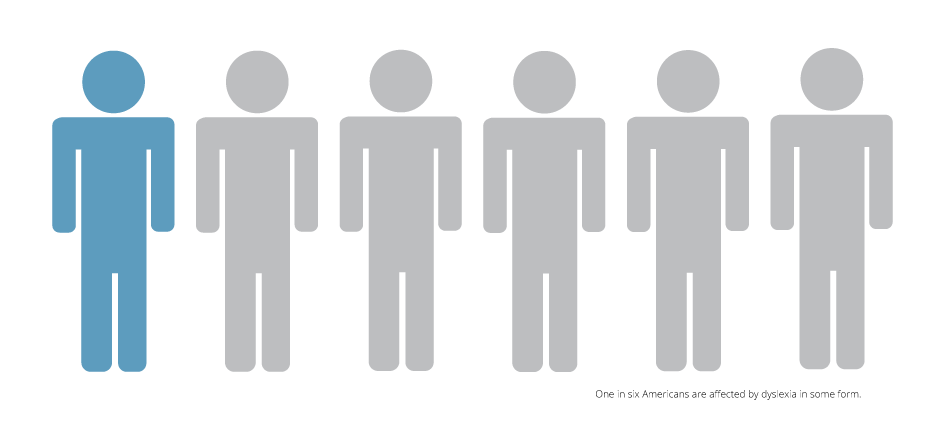Dyslexia
Although the word dyslexia has been in use for over one hundred years, it is a relatively new term in American education.

Today, dyslexia affects an estimated 8.5 million school children and one in six Americans in some form.
Although the term dyslexia was given official government recognition in The Code of Practice, published by the U.S. Department for Education and Employment in 1994, the use of the term in public education has been discouraged or banned in favor of “specific learning difficulty” or specific learning disability”.
Click here to learn more about what dyslexia is ›
On October 23, 2015, the U.S. Department of Education issued a letter clarifying the provision of services to children with dyslexia, dyscalculia, and dysgraphia under the Individuals with Disabilities Education Act. Learn more about the process for diagnosing dyslexia.
Click here to learn more about how you can help children with dyslexia ›
This correspondence noted that “there is nothing in the IDEA that would prohibit the use of the terms dyslexia, dyscalculia, and dysgraphia in the IDEA evaluation, eligibility determinations, or IEP documents.” More recently, the READ Act was signed by President Obama on February 18, 2016, to devote at least $2.5 million annually to dyslexia research through the National Science Foundation (NSF). The bill requires a focus on best practices in the following areas:
-
Early identification of children and students
-
Professional development for teachers and administrators
-
Curricula development and evidence-based educational tools for children